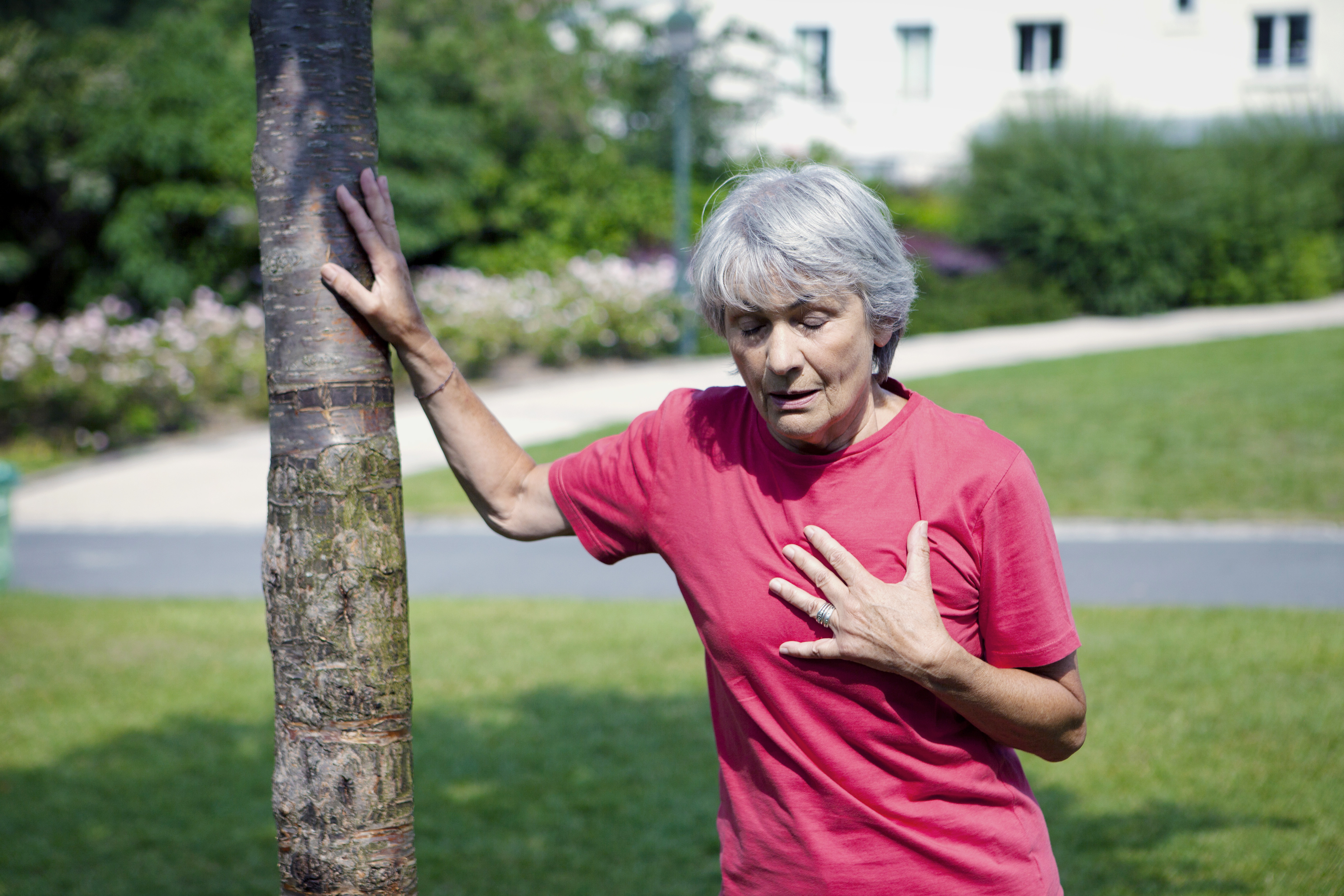In a recent study published in the journal BMC Pulmonary Medicine, researchers from Italy found that anemia in COPD is a risk factor for poorer exercise capacity and quality of life, and that these outcomes are associated with hemoglobin.
Chronic obstructive pulmonary disease (COPD) is a highly prevalent condition associated with increased morbidity and mortality, characterized by the presence of expiratory flow limitation that is not fully reversible.
Great importance has recently been given to the role of inflammation in this disease, which could explain some of the extra-pulmonary manifestations of COPD, such as weight loss, muscle atrophy and the consequent reduction in exercise capacity.
Anemia is also caused by the inflammatory process, and is frequently concomitant with many chronic diseases and is associated with increased morbidity and mortality.
Several previous studies have evaluated the prevalence of anemia in chronic obstructive pulmonary disease. On the contrary, scarce research has focused on examining the relationship between hemoglobin concentrations, dyspnoea, and exercise capacity in COPD, and no study has been performed on its correlation with muscle strength.
In the study titled “Anemia and hemoglobin serum levels are associated with exercise capacity and quality of life in chronic obstructive pulmonary disease,” Lorenzo Manea and colleagues from the Unit of Respiratory Diseases, Department of Medicine, University of Verona in Verona, Italy, examined 105 patients with COPD patients that were classified as anemic and non anemic using the WHO criteria. The researchers used the Medical Research Council Dyspnoea scale (MRCs) to measure shortness of breath, and exercise capacity was assessed using the six minute walking distance (6MWD) and the peak of VO2 during the maximal cycle ergometer test (VO2max). Muscle strength was determined using the Quadriceps and Handgrip and for quality of life assessment the researchers used the questionnaire HRQL.
[adrotate group=”3″]
Results retrieved from statistical analysis revealed that anemic patients had significantly higher MRCs, a lower 6MWD, VO2max, and a worse quality of life.
In contrast, the researchers found no statistical significant differences between the two groups regarding muscle strength. Results from the regression analyses revealed that hemoglobin levels was associated with reduced exercise capacity and HRQL.
According to the researchers these results should stimulate further research into exploring whether increasing hemoglobin.

